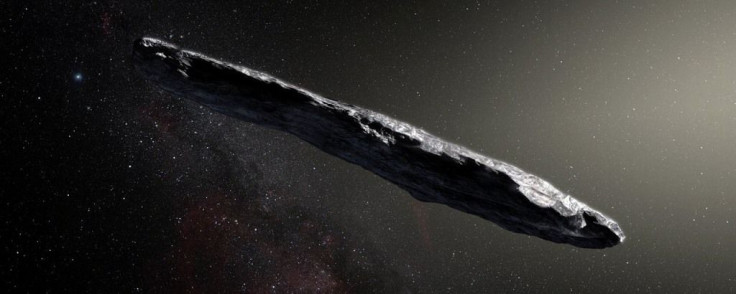NASA Asteroid Tracker: 85ft NEO To Skim Earth On Friday

NASA is currently monitoring an asteroid that is expected to come dangerously close to Earth on Friday. Based on the space agency’s data on the asteroid, the near-Earth object is a fairly frequent visitor to the planet’s neighborhood.
According to NASA’s Center for Near Earth Object Studies (CNEOS), the approaching asteroid, labeled as 2016 NN15, has a maximum diameter of 85 feet. Given its size, the asteroid is around half as tall as the Leaning Tower of Pisa in Italy.
Data shows that the asteroid is traveling at a speed of 18,700 miles per hour. It is expected to fly by Earth on June 28 at 3:31 pm ST. During its approach, its closest distance to Earth will be at 0.02470 astronomical units or roughly 2.3 million miles away.
2019 NN15 was first observed on July 6, 2016. Through data collected on its trajectory path, CNEOS was able to provide a record of its close approaches to Earth since 1924. The agency was also able to predict the asteroid’s future passes.
According to the data collected by CNEOS, the last time 2019 NN15 visited Earth was on July 8, 2016. During that time, the space rock was only about 0.011084 astronomical units or about a million miles away from the planet’s center.
When the asteroid flew past Earth in 2013, it was much farther away. As indicated in CNEOS’ database, 2019 NN15 passed by the planet from a distance of 0.07763 astronomical units or around 7.2 million miles away.
The huge difference in the distance between the asteroid and Earth in 2013 and 2016 clearly indicate the significant change in 2019 NN15’s trajectory course. Although various factors in space can alter its course, probably the most common one is the gravitation pull of nearby planets on the asteroid.
Fortunately, instead of moving closer to Earth, it seems the asteroid is flying farther away from the planet. According to CNEOS, the next time 2019 NN15 will fly past Earth will be on June 10, 2022. During this time, the asteroid will be about 0.11603 astronomical units or about 11 million miles from the planet once it makes its approach.
© Copyright IBTimes 2025. All rights reserved.





















